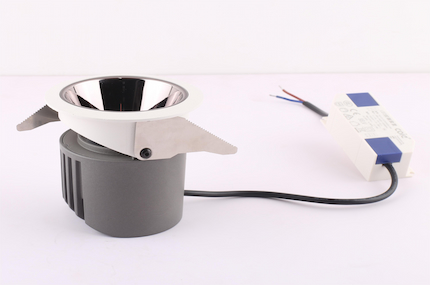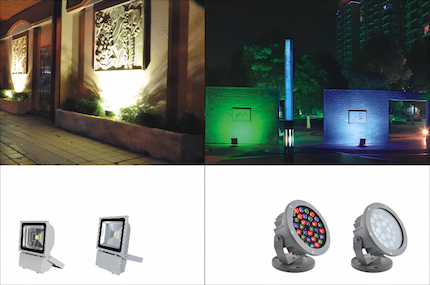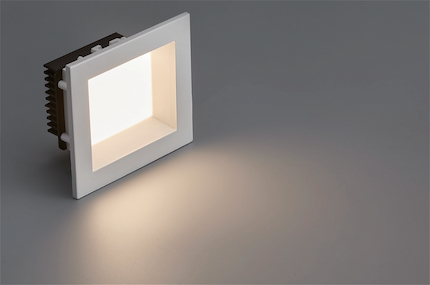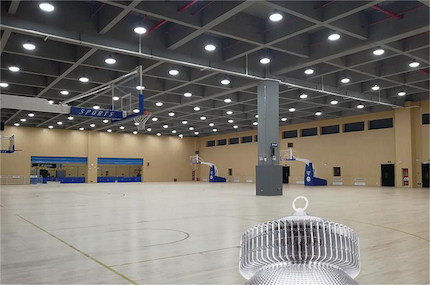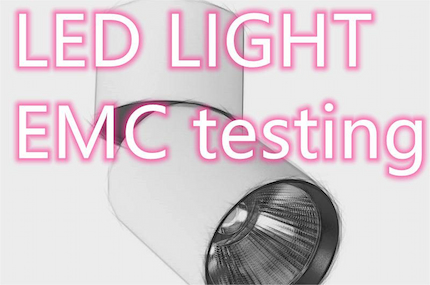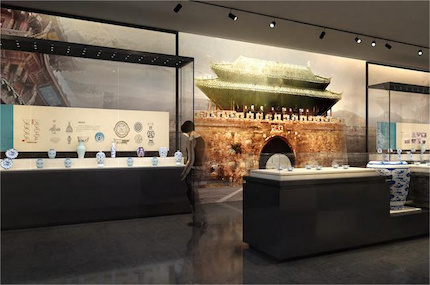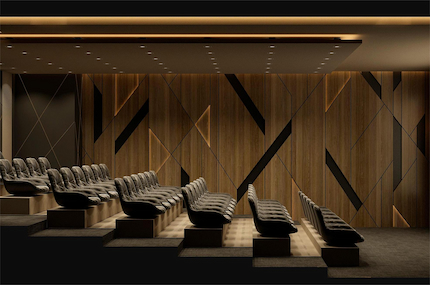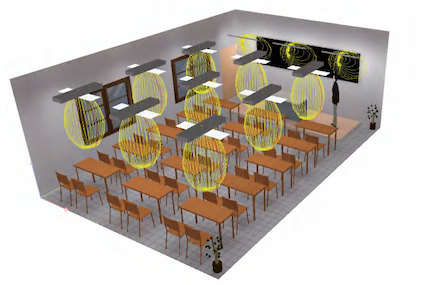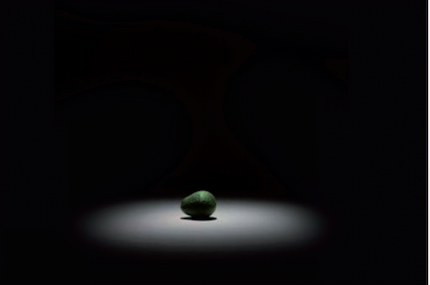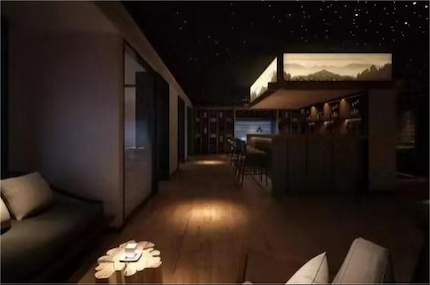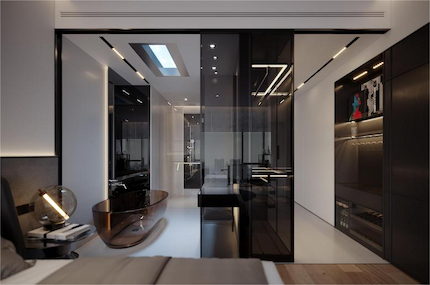Dec 18, 2023
When It Comes To Designing a Villa, One Crucial Aspect Often Overlooked Is The Interior Lighting. Proper Lighting Can Enhance The Ambiance, Highlight Architectural Features, And Create a Welcoming Atmosphere. In This Article, We Will Explore The Key Considerations For Designing The Interior Lighting Of a Villa, And Why Led Lighting From Seenlamp Lighting Can Be An Excellent Choice For Villa Lighting Solutions.
1. Understanding Villa Lighting Design:
Designing The Interior Lighting Of a Villa Involves a Combination Of Functional And Aesthetic Considerations. The Goal Is To Create a Balanced And Versatile Lighting Environment That Complements The Architectural Elements While Enhancing The Overall Ambiance. Key Areas To Consider Include:
a) Layered Lighting: Implement Multiple Layers Of Lighting, Including Ambient, Task, And Accent Lighting, To Provide Flexibility And Cater To Different Activities And Moods.
b) Natural Light Integration: Capitalize On The Villa's Design And Incorporate Natural Light Sources, Such As Large Windows And Skylights, To Maximize Daylight And Reduce Energy Consumption.
c) Lighting Control: Install Dimmers, Smart Lighting Systems, And Occupancy Sensors To Optimize Energy Usage And Customize Lighting Levels Based On Specific Needs And Preferences.
2. The Advantages Of Led Lighting For Villa Interiors:
Led Lighting Has Become a Preferred Choice For Villa Interiors Due To Its Numerous Advantages. Seenlamp Lighting Offers a Range Of Led Lighting Solutions That Perfectly Align With The Requirements Of Villa Lighting Design. Here Are Some Key Benefits:
a) Energy Efficiency: Led Lights Consume Significantly Less Energy Compared To Traditional Lighting Options. This Results In Reduced Energy Costs And a Smaller Environmental Footprint.
b) Longevity: Leds Have An Exceptionally Long Lifespan, Ensuring That Maintenance And Replacement Costs Are Minimized Over Time.
c) Versatility: Led Lights Come In a Variety Of Colors, Intensities, And Beam Angles, Providing Designers With The Flexibility To Create Specific Lighting Effects And Evoke Desired Moods.
d) Low Heat Emission: Led Lights Generate Less Heat, Making Them Safe And Suitable For Illuminating Delicate Artwork, Fabrics, And Finishes Within The Villa.
e) Eco-Friendly: Led Lighting Is Free From Harmful Substances Like Mercury, Making It An Environmentally Friendly Lighting Option.
3. Recommended Led Lighting Solutions From Seenlamp Lighting:
Seenlamp Lighting Offers a Wide Range Of Led Lighting Products That Cater To The Specific Needs Of Villa Lighting. Here Are Some Notable Options:
a) Recessed Downlights: These Sleek Fixtures Provide Focused Illumination, Helping To Highlight Architectural Features And Create a Modern, Stylish Look Throughout The Villa.
b) Pendant Lights: Ideal For Accentuating Dining Areas Or Living Spaces, Pendant Lights Add a Decorative Touch And Serve As Statement Pieces.
c) Wall Sconces: These Fixtures Provide a Soft, Warm Glow, Perfect For Creating a Cozy Ambiance In Bedrooms, Hallways, Or Lounges.
d) Led Strip Lighting: Versatile And Flexible, Led Strip Lights Can Be Used As Under-Cabinet Lighting, Cove Lighting, Or To Outline Architectural Details, Such As Stairs Or Alcoves.
Implementing The Right Interior Lighting Design Is Essential In Creating a Visually Stunning And Harmonious Villa Environment. Led Lighting From Seenlamp Lighting Offers Energy Efficiency, Durability, Versatility, And Eco-Friendliness, Making It An Ideal Choice For Accentuating The Elegance Of a Villa. Remember To Consider Layered Lighting, Natural Light Integration, And Lighting Control For a Complete And Customized Lighting Solution That Caters To The Unique Requirements Of Your Villa.
